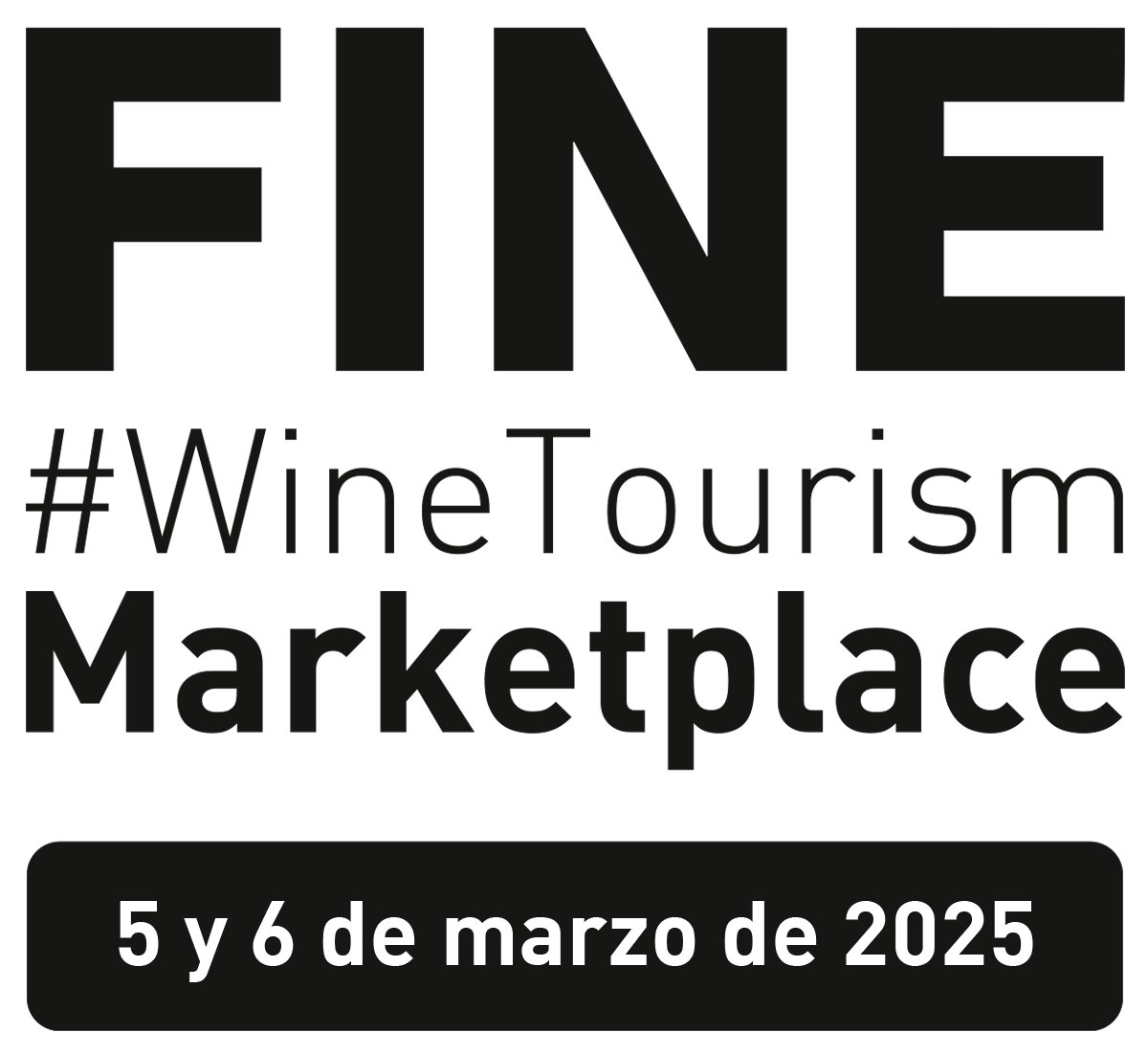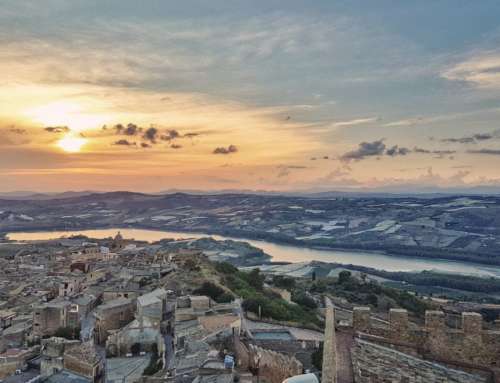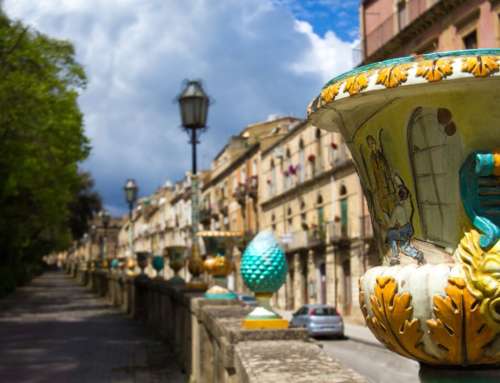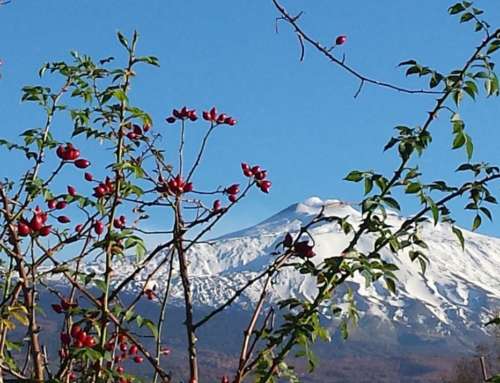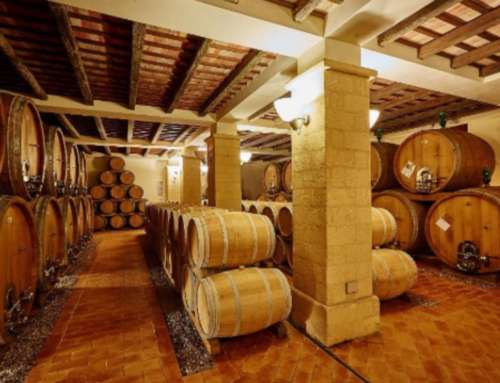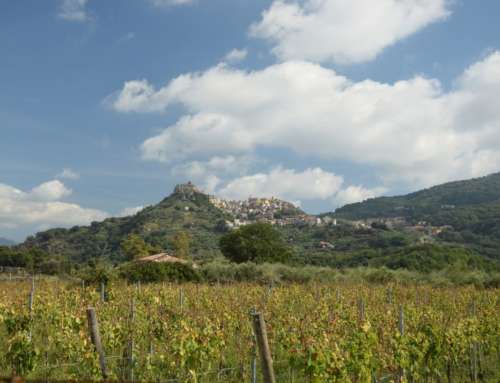Jumilla Wine Route: a wine tourism trip through the birthplace of Monastrell
Jumilla Wine Route: a wine tourism trip through the birthplace of Monastrell
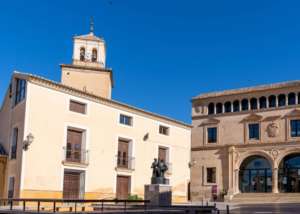
In the Region of Murcia, in the southeast of Spain, the Jumilla Wine Route stands out as a key destination for wine lovers and cultural tourism. With the Monastrell variety taking centre stage, this route traverses a land with a millennia-old winemaking tradition, combining nature, heritage, and gastronomy. Its presence at the FINE #WineTourism Marketplace reinforces its role as a benchmark in Spanish wine tourism.
Monastrell, a symbol of identity
The Protected Designation of Origin (PDO) Jumilla is one of the oldest and most prestigious in Spain, and its history is deeply linked to the Monastrell grape, a native variety that perfectly adapts to the dry climate and stony soils of the area. With historical records dating back to the Iberian and Roman times, this region has developed a wine culture based on the production of intense and expressive red wines.
The unique character of Jumilla wines is due not only to the natural environment but also to the tradition of its family wineries, which have kept artisanal winemaking techniques alive for generations. However, this region has also modernised, adapting to the new demands of the international market without losing its essence.
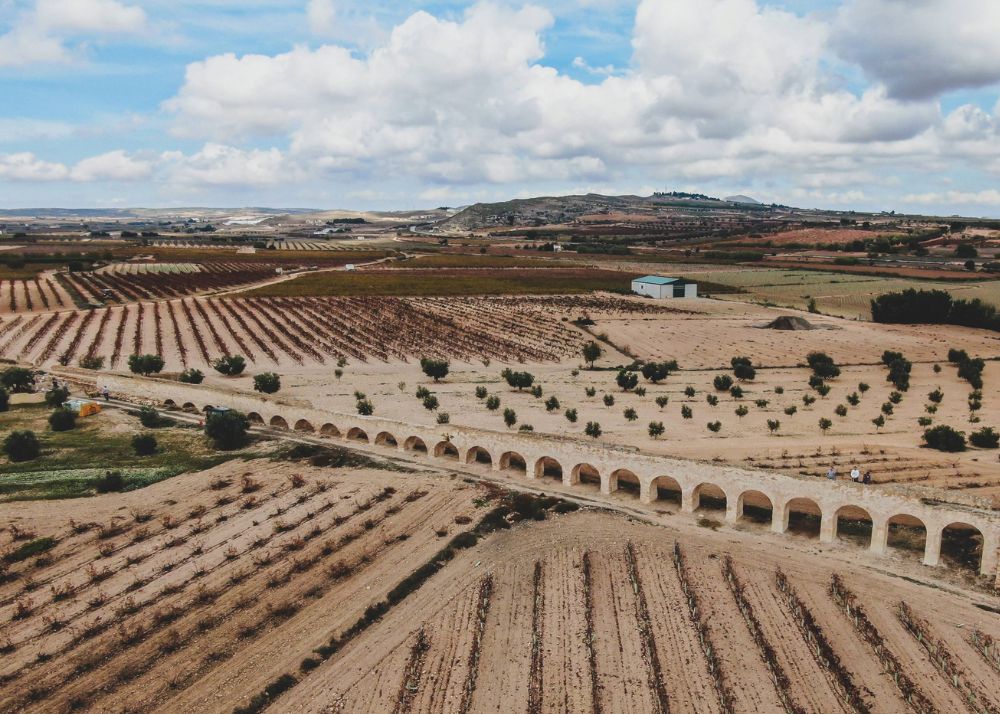
Image: Ruta del vino de Jumilla
A wine tourism offering that combines wine, nature, and culture
The Jumilla Wine Route offers visitors a wide range of activities designed to satisfy both wine experts and those seeking a more relaxed and cultural experience. Some of the highlighted experiences include:
- Winery visits: from small family wineries to large facilities, visitors can discover the production process of PDO Jumilla wines, guided by local experts.
- Guided tastings: tastings allow exploration of the richness of Monastrell and other local varieties, with wines ranging from young and fruity to oak-aged reserves.
- Historical and natural heritage: the route includes visits to historical sites such as the Castle of Jumilla and the Church of Santiago, as well as tours through natural parks like the Carche Valley.
- Local gastronomy: the region’s cuisine is another main attraction, with typical products such as Jumilla gazpacho and roast lamb, which pair perfectly with the local wines.
Additionally, the route organises annual events like “Music Among Wines,” where attendees can enjoy concerts in wineries accompanied by tastings. Gastronomic days and tastings paired with local products are also held, offering complete experiences for all the senses.
The future of wine tourism in Jumilla
Despite its deep roots in tradition, Jumilla has established itself as a region looking to the future. Many of the wineries associated with the route have incorporated sustainable practices in their vineyards and production processes, such as organic farming and efficient water use. These initiatives ensure the preservation of the environment and the continuity of the winemaking legacy for future generations.
Moreover, the region is committed to innovation in its wine tourism offering, including digital proposals, interactive visits, and personalised activities tailored to different visitor profiles. The digitalisation and modernisation of processes have allowed Jumilla to position itself as a leading wine tourism destination internationally.
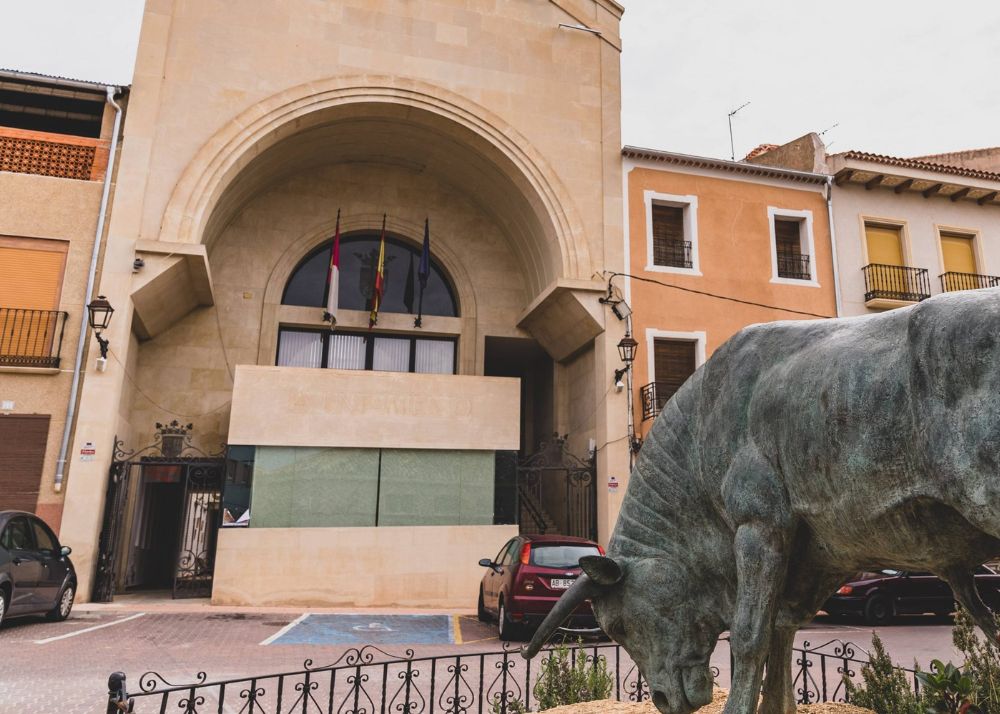
Image: Ruta del vino de Jumilla
The Jumilla Wine Route is much more than an oenological experience: it is a journey through the history, culture, and landscape of one of Spain’s most authentic wine regions. During its participation in FINE, visitors will have the opportunity to learn in-depth about this route, discover its wines, and explore its unique proposal of sustainable and cultural tourism.
For those interested in discovering more, visiting their stand at the fair will be the first step to delve into this unparalleled experience. More information is available on their official page.
